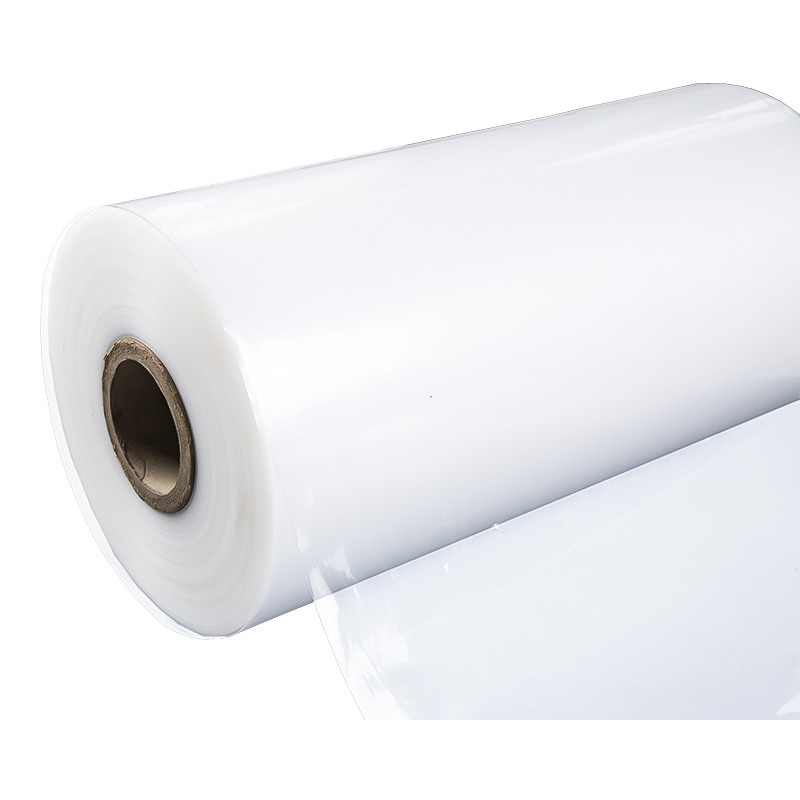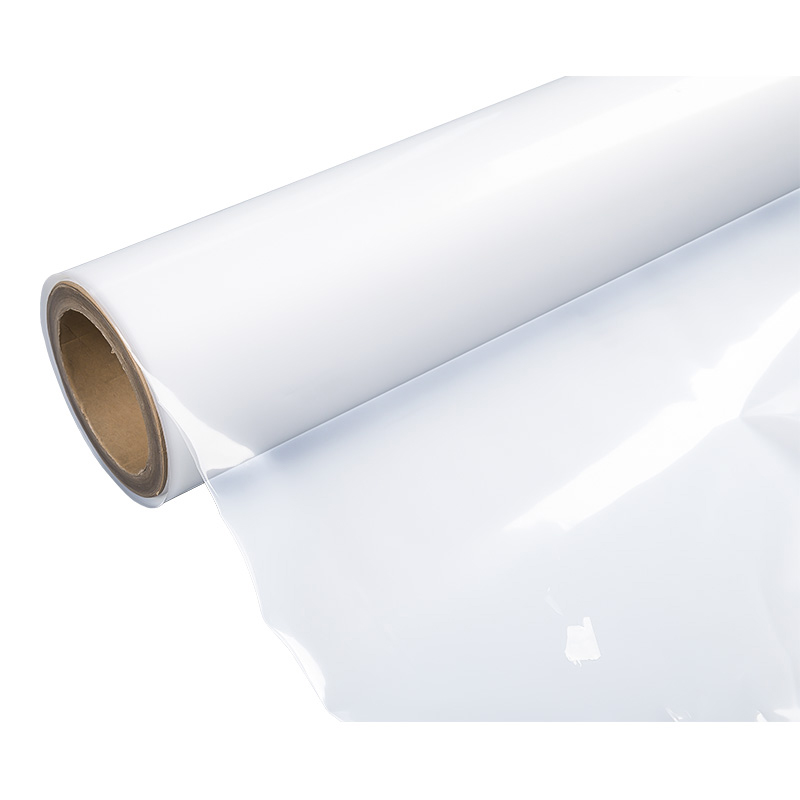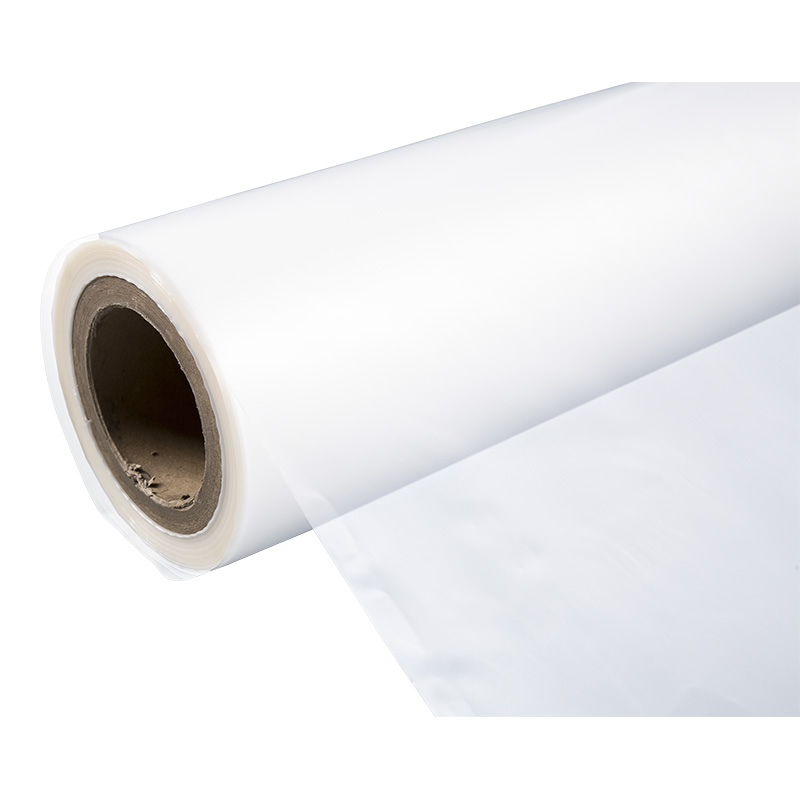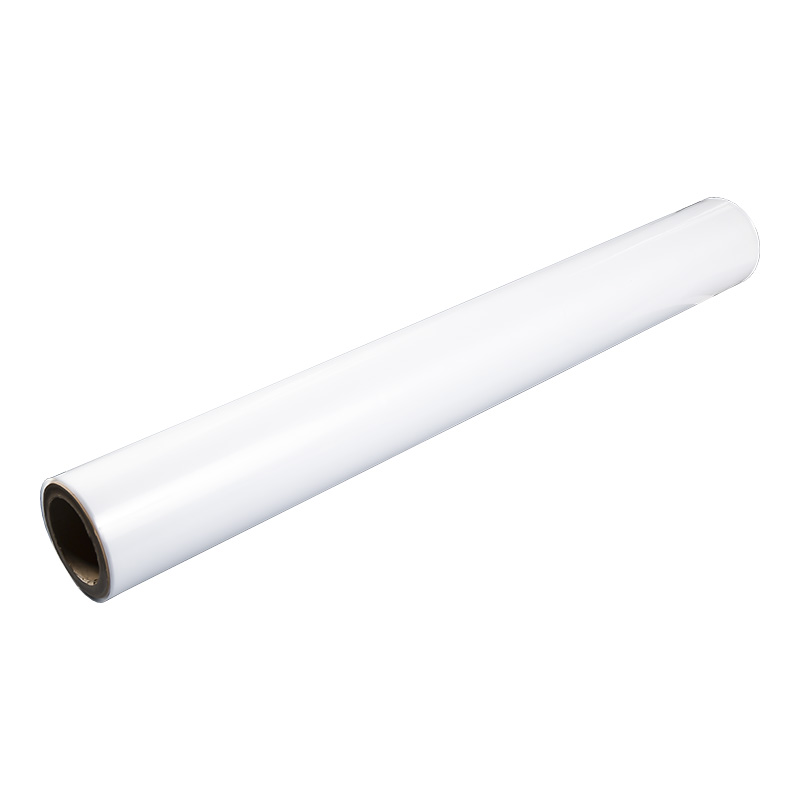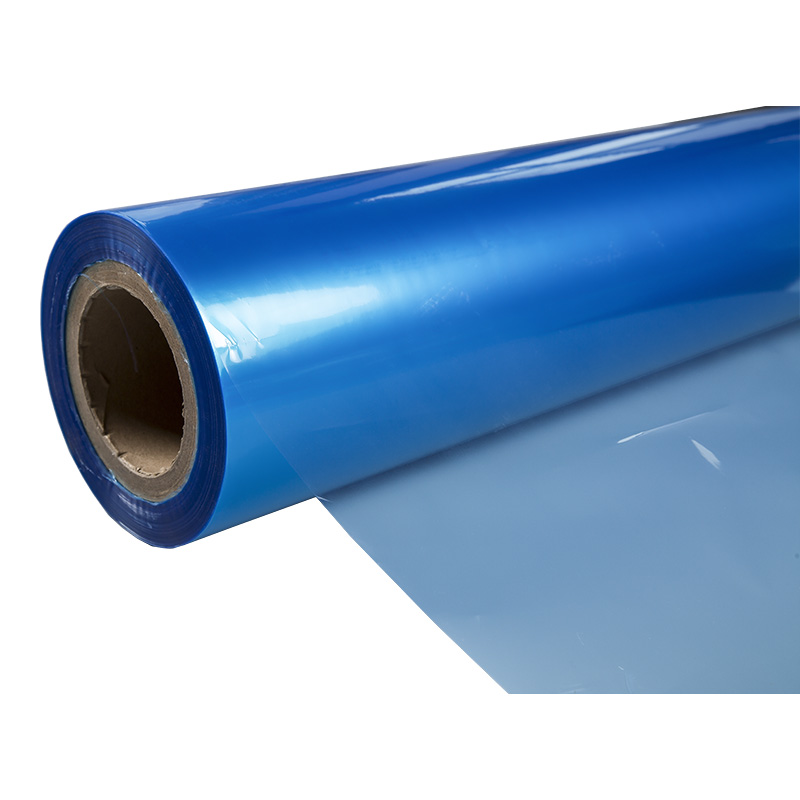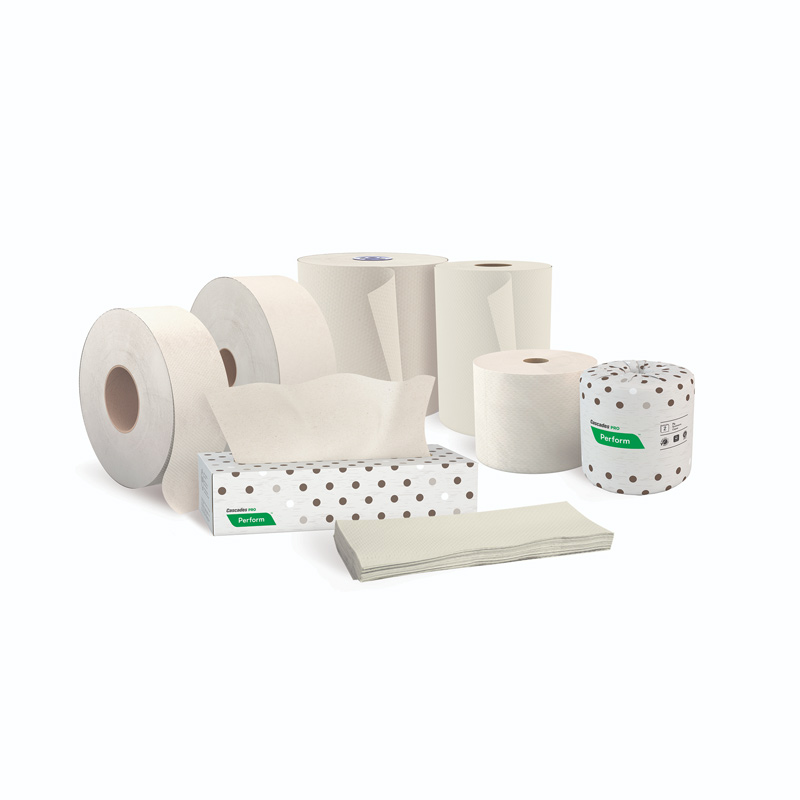Innovations and Performance Enhancements in Medical Packaging Film
Advanced Polymer Materials
One of the most notable trends in medical packaging film is the use of advanced polymer materials. These materials offer exceptional physical and chemical properties, such as high strength, toughness, and barrier performance. Moreover, they exhibit superior biocompatibility and biodegradability, crucial for the safety and environmental friendliness of aesthetic medicine products.
Manufacturers are continuously exploring new polymer blends and composites to enhance the film's barrier properties against moisture, oxygen, and other gases, which can degrade medical products over time. Additionally, these advanced materials often incorporate antimicrobial agents, providing an extra layer of protection against contamination.
Multifunctional Films
The development of multifunctional films is another significant trend in medical packaging. These films are designed to serve multiple purposes beyond basic packaging, such as providing UV protection, antioxidant properties, and even indicating tamper evidence.
For instance, UV-blocking films prevent the degradation of light-sensitive medical products, ensuring their efficacy and shelf life. Antioxidant films, on the other hand, help maintain the stability of active ingredients in aesthetic treatments, such as antioxidants and vitamins. Tamper-evident features, such as void or tear indicators, provide consumers with assurance that the product has not been tampered with during transportation or storage.
Smart Films
The integration of smart technologies into medical packaging film is also a growing trend. Smart films can incorporate sensors, RFID tags, or other electronic components that allow for real-time monitoring of product conditions, such as temperature, humidity, and exposure to light.
This technology is particularly useful in the aesthetic medicine industry, where maintaining the integrity of treatments and devices is crucial. By continuously monitoring these conditions, manufacturers and healthcare professionals can ensure that products are stored and transported under optimal conditions, preserving their efficacy and safety.
New Trends in the Application of Medical Packaging Film in Aesthetic Medicine
Customized Packaging Solutions
As the aesthetic medicine industry diversifies and consumer preferences evolve, the demand for customized packaging solutions is increasing. Medical packaging film manufacturers are responding to this demand by offering tailored designs and materials that cater to specific aesthetic treatments and devices.
Customized packaging can range from specific colors, shapes, and sizes to incorporate unique branding elements or patient instructions. This personalized approach not only enhances the aesthetic appeal of the product but also ensures that it meets the specific needs and regulations of the aesthetic medicine industry.
Sustainability and Environmental Consciousness
Sustainability is becoming a central focus in the medical packaging industry, including aesthetic medicine. Manufacturers are increasingly adopting eco-friendly materials and practices to reduce the environmental footprint of their products.
Biodegradable and compostable films are gaining popularity as they offer a sustainable alternative to traditional plastic packaging. These films break down naturally in the environment, reducing pollution and waste. Additionally, manufacturers are exploring recycling and repurposing options to minimize material waste and promote circular economy principles.
Enhanced Safety and Compliance
In the aesthetic medicine industry, safety and compliance are paramount. Medical packaging film manufacturers are continuously improving their products to meet strict regulatory requirements and ensure patient safety.
This includes the development of films with enhanced barrier properties to protect against contamination and the use of materials that comply with international standards for medical device packaging. Manufacturers are also investing in advanced testing and validation processes to ensure that their films meet all relevant safety and compliance criteria.
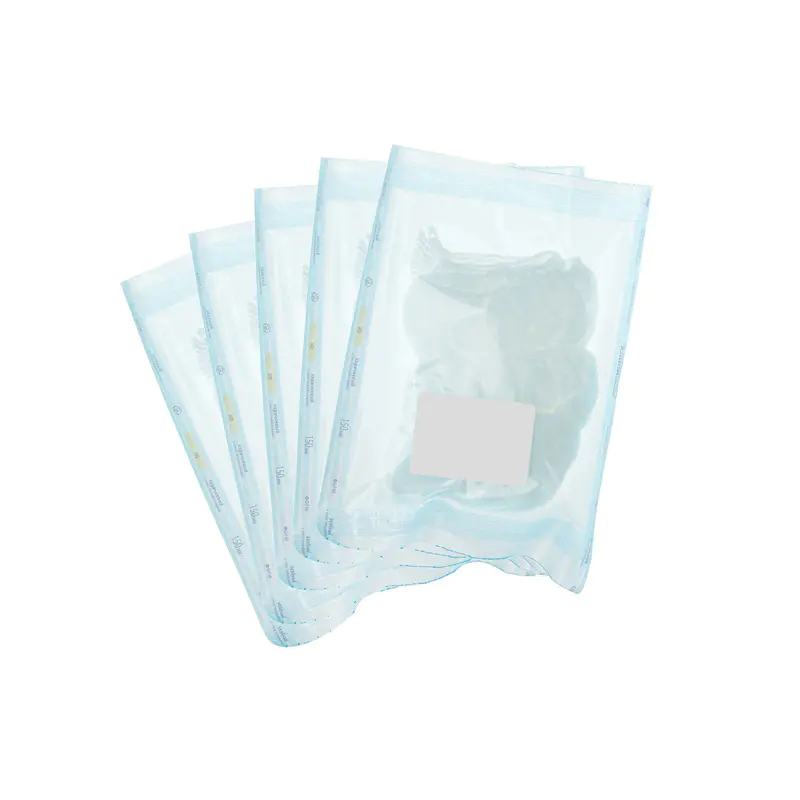
 +86 139-6715-0258
+86 139-6715-0258 
 Monday to Friday 8 am. to 6 pm.
Monday to Friday 8 am. to 6 pm. 
 English
English 中文简体
中文简体